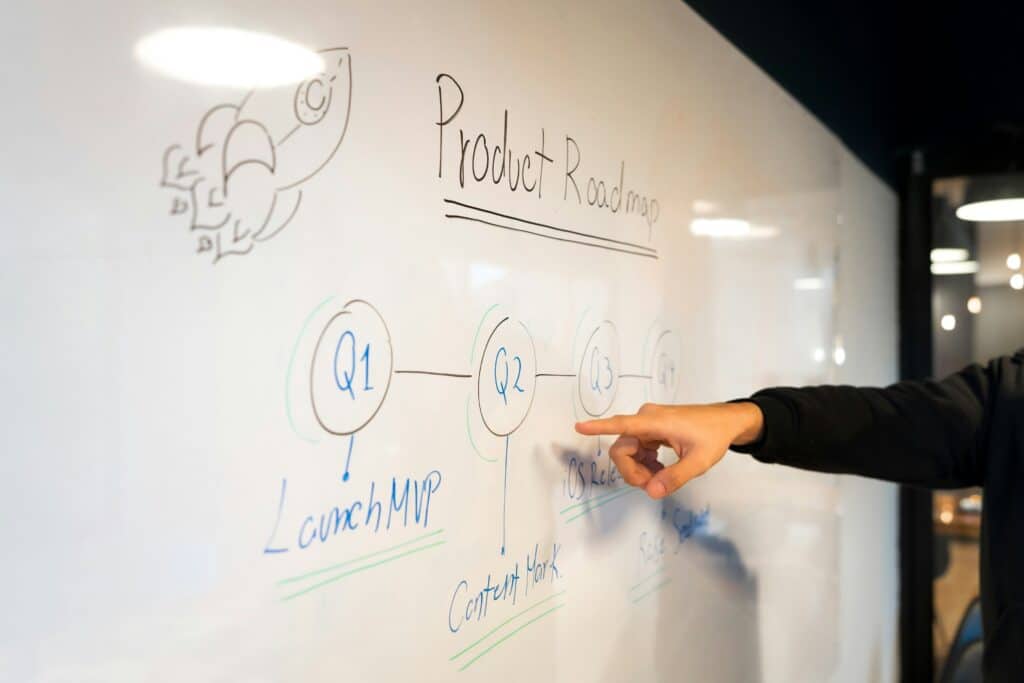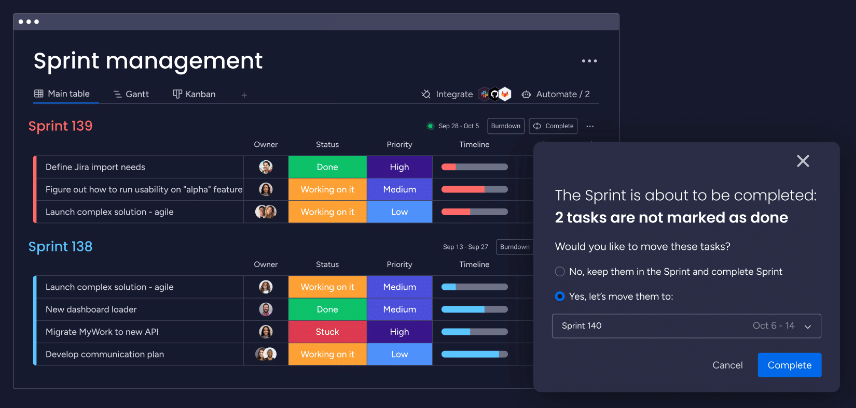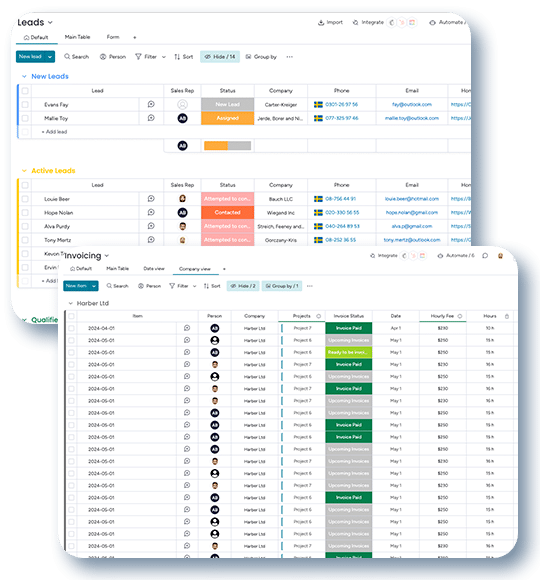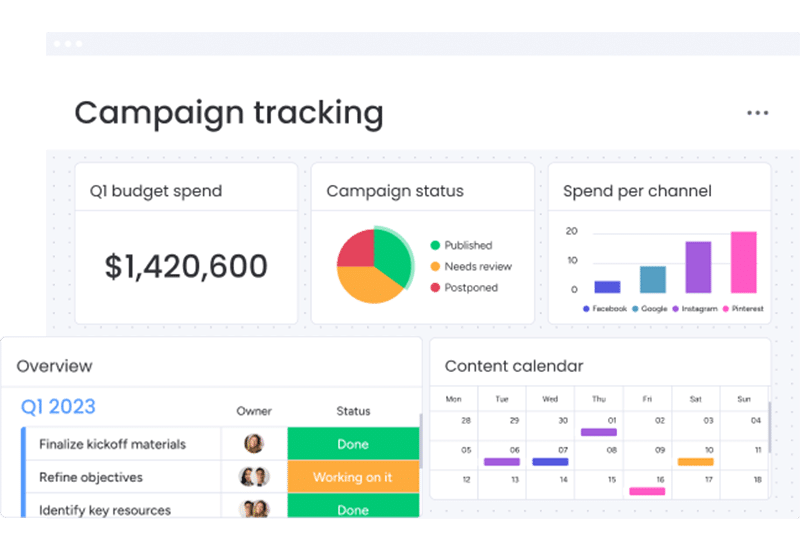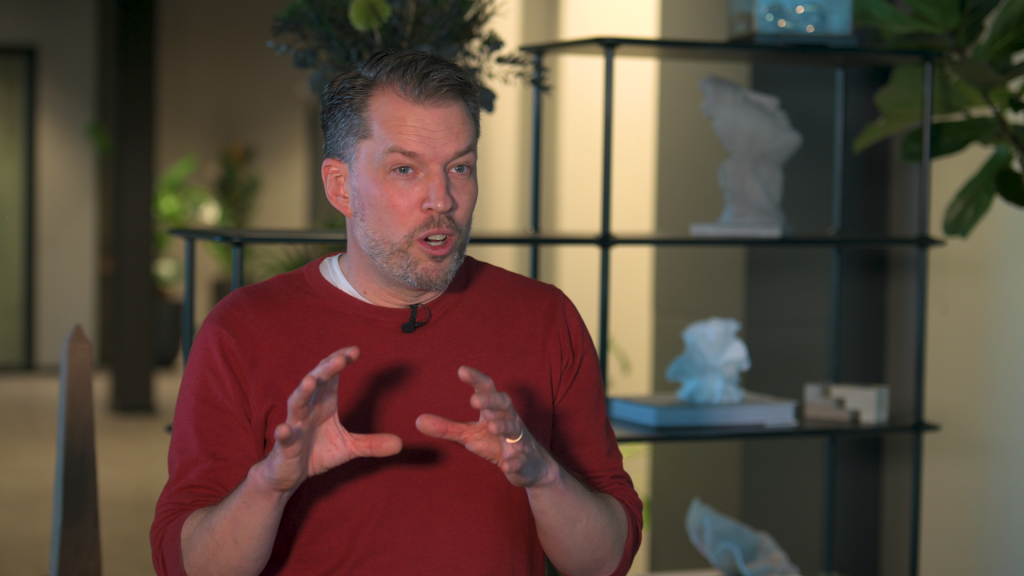Introduction to Lean Project Management for Enhanced Efficiency
In today’s business world, maximizing efficiency is not just a goal; it’s a necessity. This is where Lean Project Management, a methodology rooted in maximizing value while minimizing waste, comes into play. Originating from the Japanese manufacturing industry, particularly from the practices of Toyota, Lean principles have transcended their industrial beginnings, offering transformative strategies for projects across various sectors. In this blog post, we’ll specifically focus on maximizing efficiency with Lean Project Management Principles.
Lean Project Management focuses on delivering high value with less work by streamlining processes and eliminating non-value-adding activities. This approach is not just about cutting costs or speeding up production. It’s a comprehensive mindset shift towards efficiency, quality, and continuous improvement. In this article, we delve deep into how maximizing efficiency with Lean Project Management principles can revolutionize the way projects are handled, ensuring that they are completed faster, cheaper, and with higher quality outcomes.
At the heart of Lean is the concept of creating more value for customers with fewer resources. By identifying and eliminating wasteful practices, teams can focus on what truly matters – delivering quality results that meet or exceed customer expectations. Whether you’re in IT, marketing, sales, or any other field, the principles of Lean Project Management offer a robust framework for enhancing efficiency and achieving exemplary project outcomes.
As we explore maximizing efficiency with Lean Project Management principles, we’ll uncover the core elements that make this methodology so effective. From understanding the value stream to implementing pull systems and striving for continuous improvement, Lean offers practical tools and techniques for any project manager seeking to optimize their processes. So, let’s embark on this journey to discover how Lean principles can streamline your projects, boost efficiency, and lead your team to success.
The Core Principles of Lean Project Management
Lean Project Management is built upon a set of fundamental principles that focus on maximizing efficiency and value while minimizing waste. Understanding and implementing these principles is key to successfully maximizing efficiency with Lean Project Management. Let’s explore these core principles that are the backbone of this methodology.
Value and Value Stream Identification
The first step in Lean Project Management is identifying what constitutes value from the customer’s perspective. Understanding customer value is crucial, as it sets the direction for the project. Once the value is defined, the next step is to map the value stream. This involves analyzing every step of the project process and identifying which actions add value and which do not. By doing this, teams can streamline the process, ensuring that every action contributes directly to the end goal.
The Principle of Flow and its Importance
After identifying the value stream, the focus shifts to ensuring a smooth flow of work. In Lean Project Management, the principle of flow emphasizes the importance of reducing bottlenecks and interruptions. This can be achieved through various techniques such as workflow visualization and task prioritization. By maintaining a steady flow, projects can progress more smoothly and efficiently, reducing lead times and enhancing overall productivity.
Leveraging Pull Systems in Project Management
Pull systems are a key aspect of Lean Project Management. Unlike traditional push systems, where work is scheduled based on forecasts, pull systems ensure that work is based on actual demand. This approach reduces overproduction and limits work-in-progress, leading to a more efficient use of resources and a reduction in waste. Implementing a pull system can significantly enhance project efficiency by aligning tasks with real-time requirements.
Pursuing Perfection: A Continuous Journey
Lean Project Management is not just about implementing a set of principles; it’s about cultivating a culture of continuous improvement. This involves regularly reviewing processes, seeking feedback, and making iterative improvements. The goal is not to achieve perfection in one go but to continuously move closer to it. This principle encourages teams to constantly look for ways to increase efficiency, improve quality, and deliver greater value.
Omnitas Newsletter
Sign up for our monthly newsletter to stay up-to-date on our latest blog articles, videos and events!
Thank you!
You have successfully joined our subscriber list.
Implementing Lean Project Management in Your Organization
Adopting Lean Project Management principles can be a game-changer for organizations aiming to enhance efficiency and productivity. However, the transition to a Lean approach requires careful planning and execution. Let’s explore the steps involved in implementing Lean Project Management in your organization. These will ensure that the journey towards maximizing efficiency is smooth and effective.
Assessing Your Current Processes
The first step in adopting Lean Project Management is to thoroughly assess your current processes. This involves identifying areas where waste occurs, such as delays, excess inventory, or unnecessary steps in your workflow. Understanding your current state is critical in mapping out a realistic and effective Lean implementation strategy. It provides a baseline against which you can measure your progress in maximizing efficiency with Lean Project Management principles.
Identifying Areas for Lean Implementation
After assessing your processes, the next step is to identify specific areas where Lean principles can be most effectively applied. This could include areas with the most waste, the highest customer impact, or the greatest potential for improvement. Prioritizing these areas helps in focusing your efforts where they can make the most significant difference in terms of efficiency and value creation.
Steps for Integrating Lean Principles
Integrating Lean principles into your organization involves several key steps:
- Educating and Training Your Team: Ensuring that everyone understands Lean principles and the reasons behind the shift is crucial. Training sessions and workshops can be effective in achieving this.
- Setting Clear Goals and Objectives: Define what you aim to achieve with Lean Project Management. This could include specific targets like reducing project delivery times, minimizing waste, or improving customer satisfaction.
- Implementing Lean Tools and Techniques: Start applying Lean tools such as Kanban boards, 5S, and value stream mapping in your projects.
- Monitoring Progress and Making Adjustments: Regularly review the progress of your Lean implementation and be prepared to make adjustments as needed. Remember, Lean is about continuous improvement.
Building a Lean Culture
Implementing Lean Project Management is not just about changing processes; it’s about fostering a Lean culture. This involves encouraging a mindset of continuous improvement, collaboration, and respect for people’s ideas and contributions. A Lean culture is one where everyone is engaged in identifying inefficiencies and suggesting improvements, truly embodying the principle of maximizing efficiency with Lean Project Management.
Benefits of Lean Project Management in Various Industries
Lean Project Management is not limited to manufacturing; its principles are versatile and can be applied across a myriad of industries to maximize efficiency. By understanding and tailoring Lean practices to specific industry needs, organizations can reap significant benefits in productivity, quality, and customer satisfaction. Let’s delve into how various industries can benefit from maximizing efficiency with Lean Project Management.
Lean in IT and Software Development
In the IT and software development sectors, Lean Project Management streamlines processes, reduces waste, and enhances product quality. By applying Lean, IT teams can better manage their workloads, prioritize tasks more effectively, and reduce the time-to-market for software products. Lean principles like continuous delivery and minimizing work-in-progress are particularly beneficial, leading to more agile and responsive development processes.
Applying Lean to Marketing and Sales Operations
Lean Project Management can transform marketing and sales operations by improving workflow efficiency and responsiveness to market changes. In these dynamic environments, Lean helps in aligning marketing strategies with customer value and reducing time spent on non-productive activities. This results in more targeted campaigns, efficient use of resources, and improved ROI on marketing efforts.
Lean Principles in Manufacturing and Logistics
Manufacturing and logistics, the birthplace of Lean, continue to benefit immensely from its principles. Implementing Lean in these sectors leads to reduced operational costs, optimized inventory levels, and improved quality control. Lean tools like just-in-time delivery and Kaizen (continuous improvement) are particularly effective in these industries, enabling them to meet customer demands more efficiently and with higher quality standards.

Overcoming Challenges in Lean Project Management
While Lean Project Management offers numerous benefits in maximizing efficiency, implementing it can come with its own set of challenges. These hurdles, if not addressed properly, can hinder the successful application of Lean principles. Understanding and proactively managing these challenges is crucial for any organization looking to reap the full benefits of Lean Project Management. Let’s explore some common challenges and strategies to overcome them.
Common Pitfalls and How to Avoid Them
One of the key challenges in Lean Project Management is resistance to change. Employees may be hesitant to adopt new methods, particularly if they feel their current practices are effective. To overcome this, it’s important to communicate the benefits of Lean clearly and involve team members in the process of change. Another pitfall is the misapplication of Lean tools and principles. This can be avoided by ensuring thorough training and understanding of Lean concepts before implementation.
Balancing Flexibility and Structure in Lean Environments
Implementing Lean requires a delicate balance between flexibility and structure. Too much rigidity can stifle innovation and adaptability, while too much flexibility can lead to a lack of focus and direction. Organizations need to find a middle ground where Lean principles are applied consistently, but there is still room for creativity and adaptability to changing circumstances. This balance is key to maximizing efficiency with Lean Project Management.
Sustaining Lean Initiatives Over the Long Term
Another challenge is sustaining Lean initiatives over time. Often, organizations start with enthusiasm but struggle to maintain momentum. To address this, it’s crucial to establish a culture of continuous improvement, where Lean practices are not just a one-time project but an integral part of the organization’s daily operations. Regular reviews, recognition of successes, and ongoing training can help in keeping Lean initiatives alive and effective.
Adapting Lean to Different Organizational Contexts
Each organization is unique, and a one-size-fits-all approach to Lean may not be effective. Tailoring Lean principles to fit the specific context, culture, and needs of your organization is essential. This might involve modifying certain tools or techniques to better suit your team’s way of working or focusing on particular Lean principles that align most closely with your organizational goals.
Conclusion: Harnessing the Power of Lean for Maximum Efficiency
In conclusion, Lean Project Management offers a comprehensive framework for organizations seeking to enhance their efficiency and productivity. By embracing its core principles, from identifying value to pursuing continuous improvement, companies across various industries can significantly reduce waste, optimize processes, and increase customer satisfaction. The journey of maximizing efficiency with Lean Project Management is ongoing, involving a commitment to constant learning and adaptation.
In this context, tools like monday.com become invaluable assets. monday.com, with its versatile Kanban view, offers a seamless way to implement Lean principles in project management. Its intuitive interface allows teams to visualize workflows, prioritize tasks, and monitor progress in real-time. This aligns perfectly with Lean’s emphasis on flow and efficiency. Additionally, monday.com’s customizable features enable teams to tailor their project management experience to their specific needs, making it an excellent tool for those looking to adopt Lean Project Management practices.
monday.com as Your Lean Project Management Tool
Embarking on your Lean journey requires the right tools and mindset. monday.com serves as a powerful ally in this quest, helping teams across the globe streamline their processes and maximize efficiency. If you’re looking to transform your project management approach and harness the full power of Lean, we invite you to explore monday.com.
Ready to take your project management to the next level? Discover how monday.com can revolutionize your approach to Lean Project Management. Try our free trial link today and experience the difference firsthand. If you’re in need of help with implementing monday.com, don’t hesitate to reach out to us for a free consultation below. At Omnitas, we’re proud world-leading partners of monday.com who can help you implement the platform correctly to make sure that your team utilizes the tool’s full potential and gets a solution catered to your business needs.
If you found this blog post useful, make sure to sign up for our monthly newsletter below. Stay in the loop regarding all things business efficiency and automation!
